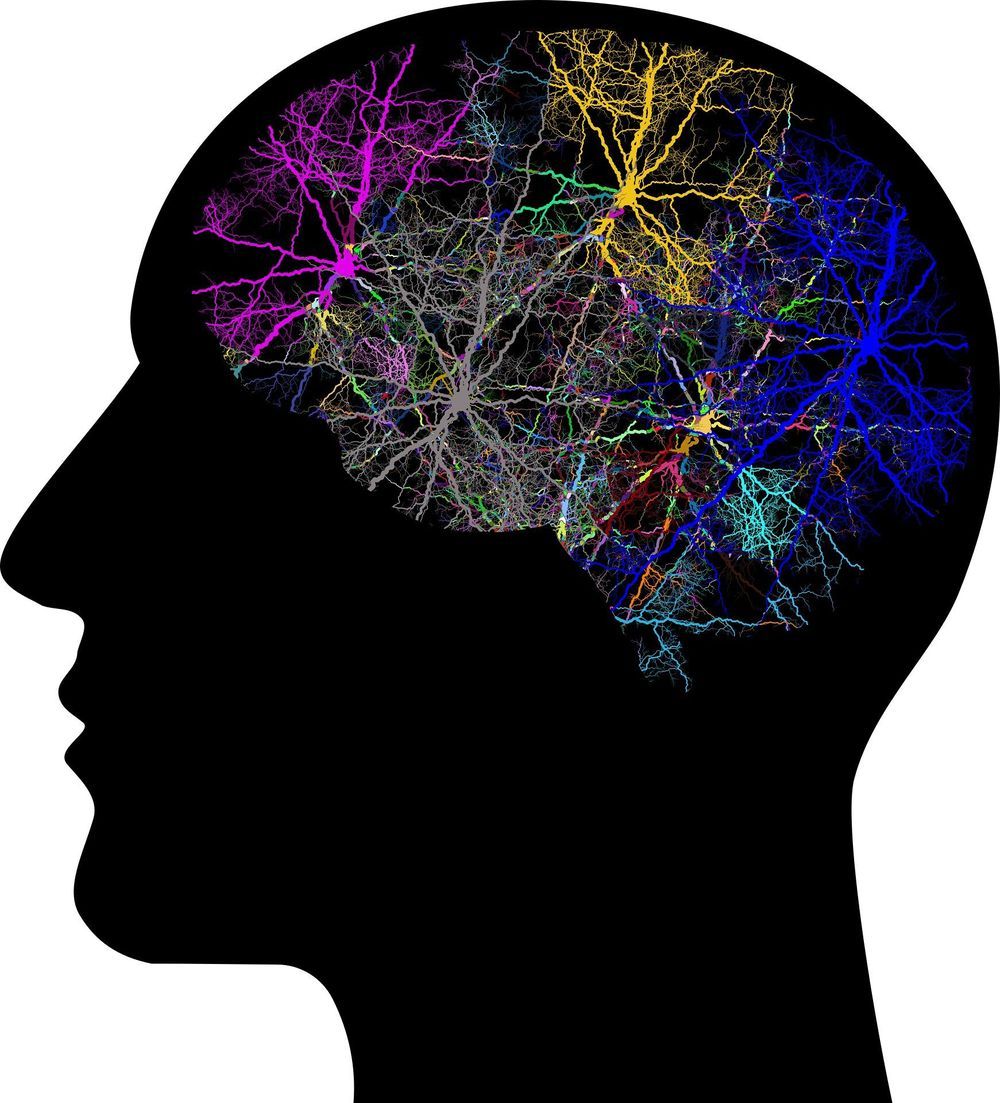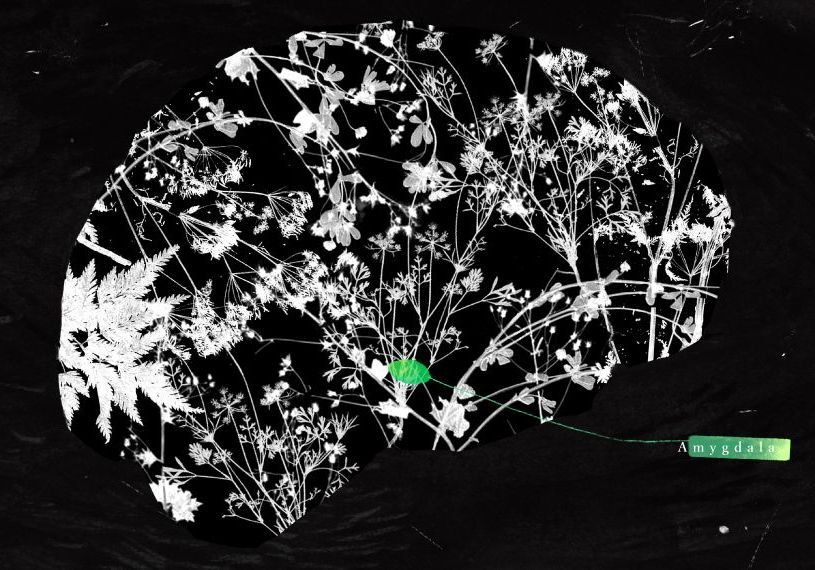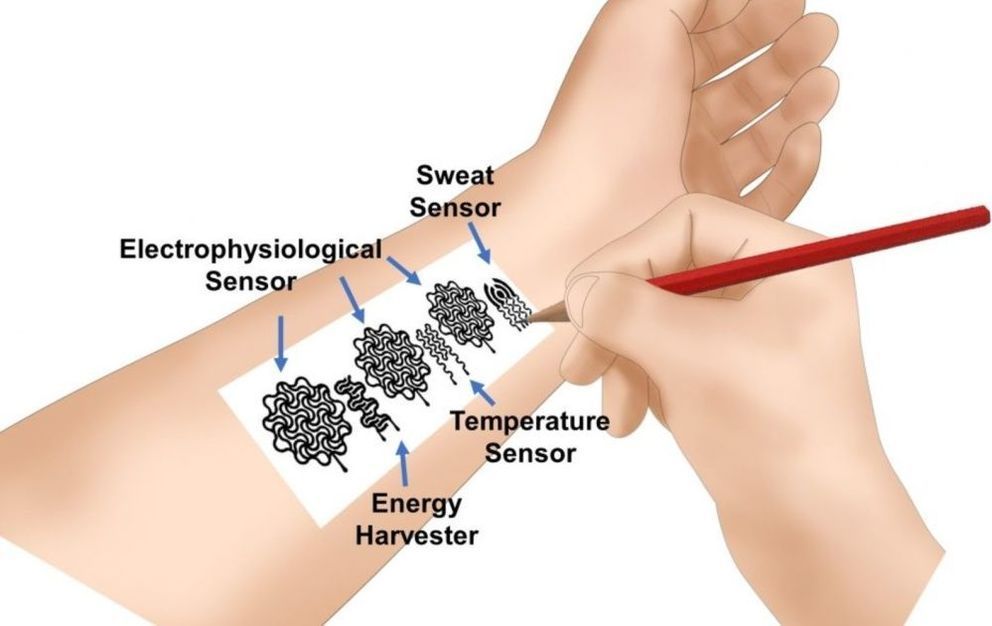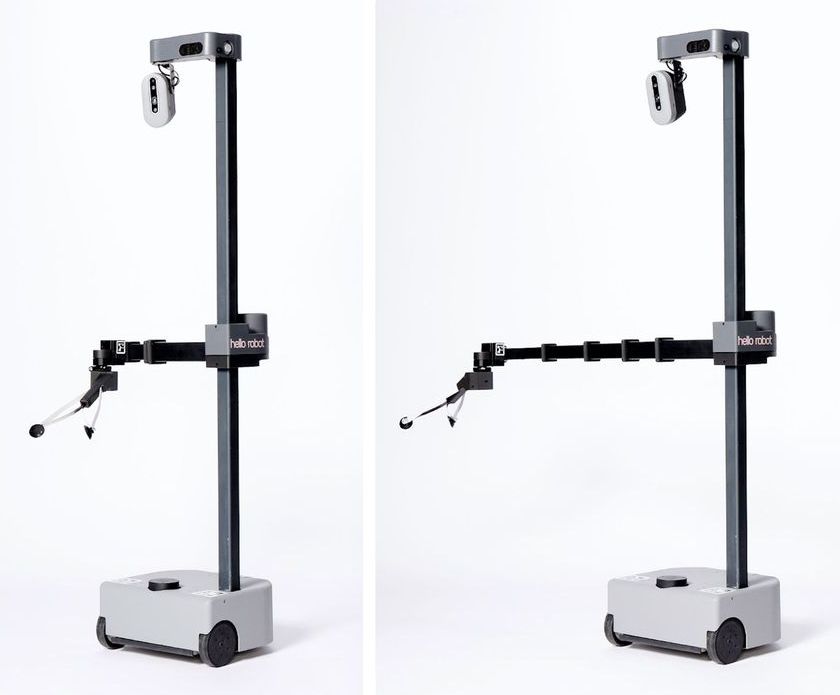
The origin of our teeth goes back more than 400 million years back in time, to the period when strange armored fish first developed jaws and began to catch live prey. We are the descendants of these fish, as are all the other 60,000 living species of jawed vertebrates — sharks, bony fish, amphibians, reptiles, birds and mammals. An international team of scientists led by Uppsala University (Sweden), in collaboration with the ESRF, the European Synchrotron (France), the brightest X-ray source, has digitally ‘dissected’, for the first time, the most primitive jawed fish fossils with teeth found near Prague more than 100 years ago. The results, published recently in Science, show that their teeth have surprisingly modern features.
Teeth in current jawed vertebrates reveal some consistent patterns: for example, new teeth usually develop on the inner side of the old ones and then move outwards to replace them (in humans this pattern has been modified so that new teeth develop below the old ones, deep inside the jawbone). There are, however, several differences between bony fish (and their descendants the land animals) and sharks; for example the fact that sharks have no bones at all, their skeleton is made of cartilage, and neither the dentine scales nor the true teeth in the mouth attach to it; they simply sit in the skin. In bony fish and land animals, the teeth are always attached to jawbones. In addition, whilst sharks shed their worn-out teeth entire, simply by detaching them from the skin, bony fish and land animals shed theirs by dissolving away the tooth bases.


















